“Consumers. Sophisticated, they are” says a small, green, wrinkled alien in a galaxy far, far away.
You know immediately that this portrays (apart from a lame opening – you’ll need to excuse me that at least) Yoda, from Star Wars, and his characteristic Google translate grammar, voicing a business proposition which is (if not good, then) surprising, and arresting.
What a deep level of shared knowledge you and I have? I assume I’ve not met you, and yet I can confidently mangle popular culture and business culture together and know we’ll get it – that’s because we have (and share) a mental model.
Mental models
Our mental models are psychological representations of real, hypothetical, or imaginary situations that we use to anticipate events, to reason, and to underlie explanation (Charles Sanders Peirce, 1896) (Kenneth Craik, 1943). More poetically, Lipmann says, “We do not first see then define, we define first and then see.”
However, sometimes our models are weak. In those instances it’s hard to anticipate events, to reason, and to reach a useful explanation of what has happened, is happening, and will happen.
And that brings us neatly to insurance claims, particularly for major perils such as escape of water (EOW), fire, and theft.
- They’re not frequent (approx. 7% of policies are claimed on), which does not help build experiential knowledge of a claim, and are not part of popular conversations
- So group knowledge is not shared and collective intelligence is not improved
We don’t really know what to expect.
There are other challenges swirling around too: Risk we poorly anticipate; The future is abstract concept undervalued; Me, in the future, is a foreigner to myself; Money, is valued differently whether it’s ‘now’ or ‘not now’. (If you wanted to create a more confusing situation for us, it would be quite the challenge to create it.)
Models and insurance claims
One of the most important thing insurers can do is to supply a mental model as much as possible – lots of ‘we’ve done that, we’re doing this, and then we will…’. One really does have to supply all the scaffolding that goes with modelling expectations. It’s difficult, because insurers and claims handlers have such a sophisticated model it’s hard to get perspective – the fish does not see the water in which it swims.
There are other factors to introduce too, such as:
- Skin in the game (when another person advises us we trust them much more if they have something to lose, too)
- The ‘finite pool of worry’ (we have a finite pool of worry where there are only so many things we can worry about at any one time, to the point where new worries mean some existing worries are crowded out even if they’re important, and we may normally worry about them)
- And increasing proximal constructions (giving a very clear, easily imaginable, concrete, vision of an action can increase likelihood of action)
Almost all of our insurance work has had at its root and building of, and propping up thereafter, a shared model of the world between the customer (or, claimant) and service provider.
What to do
There is plenty to focus on. And it works (as per our awards: British Claims Awards – Outsourced Partner of The Year 2021, Claims Excellence Awards (Insurance Times) – Claims Services Solution of the Year 2021, Gold Nudge Award 2015, and more).
The cleanest, most nourishing position from which to begin for any insurer, financier, or banker, is to imagine a world devoid of any model (let alone one not shared) that if left unchecked will feed responses from panic, to frustration, and in some ways accidental delight (as in a child seeing a penny retrieved from behind her ear). It is at once obvious why a more marketing focused approach (rather than a behavioral approach) does not make the difference promised.
As we referred to Lipmann – “We do not first see then define, we define first and then see.” – it’s time to focus on helping people ‘define’ first, then we can help them see.
For more on this speak with us, or have a look at our capabilities
Also, as co-founders and supporters of the London Behavioural Economics Network, join the Meetup group and Facebook group for more details and events
Related Posts
August 13, 2023
Money (but not called that, and how it changes behaviour).
Advertising agencies make a lot of…
August 1, 2023
Reading ease is not as easy as all that – comprehension shows the way
It's easy to make text readable, right?…
July 20, 2023
The ‘Hollywood hello’ – and the importance of context when communicating
When communicating we all like to be as…




